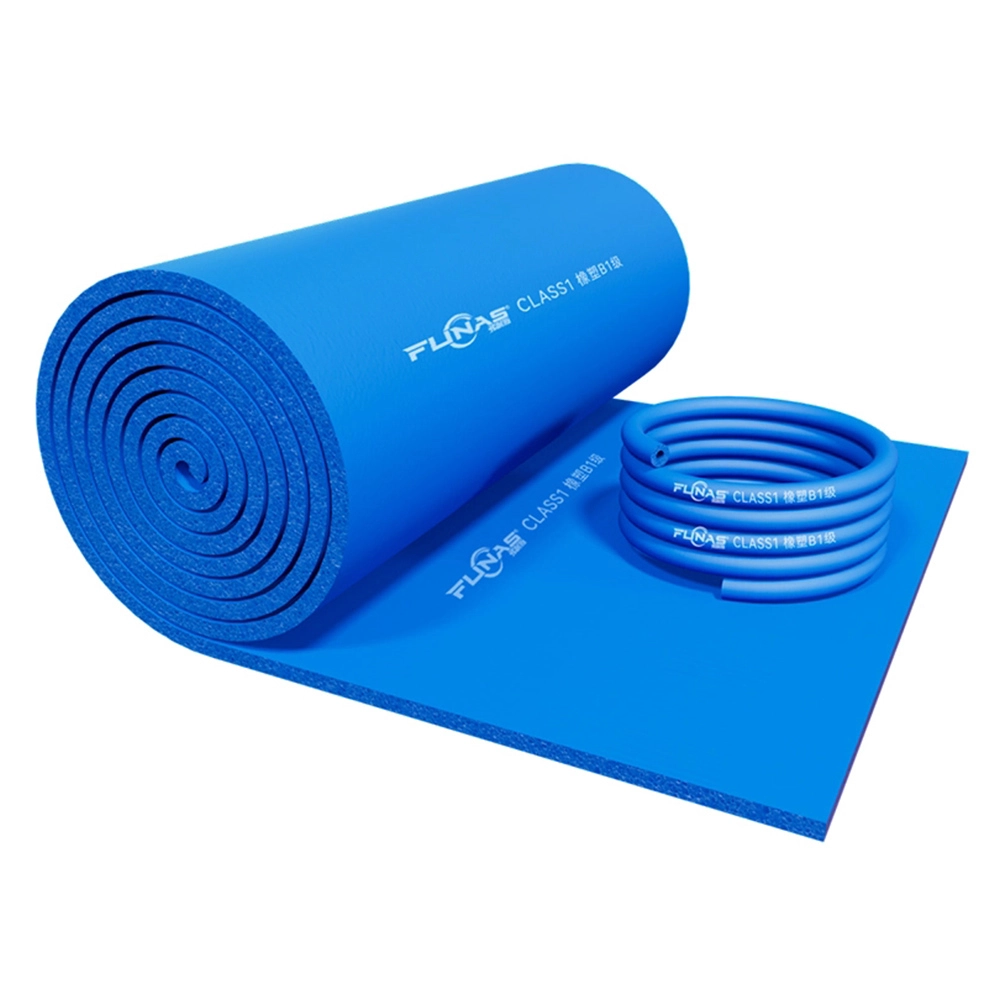Negatives of Polyurethane Foam | FUNAS
Understanding the Negatives of Polyurethane Foam
Polyurethane foam is a widely used material in various industries due to its versatility and efficiency. However, like any material, it comes with its disadvantages. For professionals evaluating the broad spectrum of materials, it is essential to understand both the benefits and drawbacks of polyurethane foam. This guide will delve into the negative aspects that need consideration.
Environmental Impact
One of the primary concerns with polyurethane foam is its environmental footprint. The production process involves the use of toxic chemicals like diisocyanates and polyols, derived from non-renewable resources such as petroleum. This contributes significantly to carbon emissions and environmental degradation. Although efforts are being made to develop bio-based alternatives, they remain a small fraction of the market.
Furthermore, polyurethane foam is not biodegradable. Products made from it can persist in landfills for decades, contributing to long-term waste management issues. Recycling options are limited, and the foam often ends up in landfills or incineration facilities, which can contribute to pollution.
Health Concerns
The health implications associated with polyurethane foam are another aspect to consider. During the manufacturing and curing process, it can emit volatile organic compounds (VOCs), which may lead to respiratory and skin irritation. Long-term exposure to certain chemicals used in polyurethane foam can have more serious health outcomes, necessitating proper handling and ventilation during application.
In particular, the off-gassing of VOCs is a concern in indoor environments where foam products, such as insulation or furniture, are commonly used. This could degrade indoor air quality and pose health risks to occupants.
Performance Limitations
While polyurethane foam is known for its insulating properties and lightweight nature, it also has some performance-related drawbacks. Over time, some types of polyurethane foam can degrade when exposed to ultraviolet (UV) light or extreme temperatures. This can lead to reduced effectiveness, particularly in outdoor applications unless proper protective coatings are used.
Additionally, the foam can absorb moisture, which might result in mold growth or structural weakening, especially in high-humidity environments. This necessitates careful consideration and sometimes additional protective measures in certain applications.
Conclusion
While polyurethane foam offers significant advantages with its versatile applications and cost-effectiveness, awareness of its negatives is crucial for making informed decisions. Understanding its environmental impact, potential health risks, and performance limitations are vital for professionals who are considering its use.
At FUNAS, we aim to provide industry professionals with the necessary knowledge to leverage materials efficiently while considering sustainability and safety. For further information, consult with specialists or reach out to our team for more detailed insights.
Comprehensive Insights into NBR Rubber Structure | FUNAS
Insulation Class F vs H: Choosing the Right Option | FUNAS
Interior Wall Insulation Types: Guide for Professionals | FUNAS
Understanding Acoustic Fabric Thickness with FUNAS
service
Can I request custom dimensions or properties for my insulation needs?
Yes, we specialize in custom solutions. Whether you need specific dimensions, thicknesses, densities, or additional coatings, we can work with you to manufacture insulation products tailored to your exact requirements of good materials for heat insulation.
How does your technical support work?
Our technical support team is available to guide you through every stage of your project—from product selection and design to installation. We provide expert consultation to ensure that you get the best insulation solution for your needs and can assist with troubleshooting if needed.
Are your rubber foam products environmentally friendly?
Yes, our insulation products are designed with sustainability in mind. They help reduce energy consumption by minimizing heat loss and gain, and they are made from durable materials that have a long life cycle, reducing the need for frequent replacement.
FAQ
How do I choose the right insulation for my project?
Our team can help you choose the best material for heat insulation based on your specific needs, such as thermal resistance, acoustic properties, and environmental conditions.
What types of rubber foam insulation do you offer?
We offer a wide range of rubber foam insulation with different thicknesses and specifications. Thermal insulation material manufacturer FUNAS sleeves and sheets are suitable for different application scenarios.

Wholesale Black nitrile rubber foam pipe rubber NBR foam tube rubber foam insulation tube for hvac system

Wholesale Rock Wool Mineral Wool Board Panel Sheet
High-performance rock wool board for superior thermal and acoustic insulation. A reliable choice for building projects.

Blue Rubber-plastic Tube Rubber foam pipe wholesale



















































